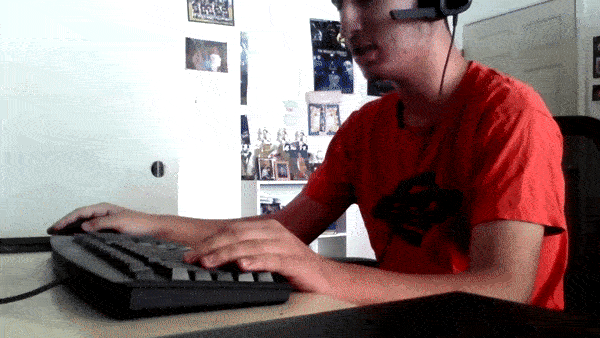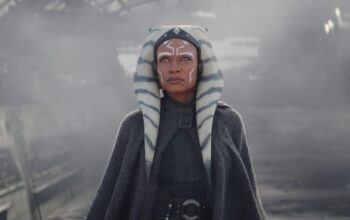Back in 2008, with the release of Episode III: Revenge of the Sith and the conclusion of the prequel era, it seemed once again that Star Wars was going to once again take a break from the big screen. However, creator George Lucas felt his storytelling days were not over. So, in 2008, Lucas would bring along newcomer Dave Filoni to work on creating the now award-winning series Star Wars: The Clone Wars [TCW].
Apparently, a prefix of “The” is how we’re choosing reboot every title these days.
Today we’ll delve into a few of the highlights and flaws of this generation of this glossed-over period of Star Wars.
Film Debut / Debacle
Despite the praise by fans today, it was not as broadly received upon its first release. A large part of that had to do with the release of the movie pilot.
Its debut release was a film consisting of the storylines of the first 4 episodes. Conceptually, none of it would be that big of a problem if it weren’t for the fact that it got a theatrical release. Despite having made TV animation all over it, Lucus decided it looked good enough for a theatrical release.
Needless to say, many audiences disagreed holding an 18% on rotten tomatoes. Had this series been released as a cartoon network pilot special it likely would have received a warm reception. If something like that were to release today it would have doomed any other franchise, but not Star Wars.
The main criticisms spark from the blatantly TV pacing, the subpar animation, and the apparent annoyingness of Ahsoka Tano who becomes Anakin Skywalker‘s apprentice. Needless to say, giving Anakin an apprentice this early has raised a lot of questions with no immediate answers that would linger on through the series. Eventually, the character would be received from scorn to praise by viewers, but it took a long time. Ahsoka’s character arc is worthy of an article in itself but there are several elements about the subsequent show that struck a core with fans.
Anthology Format
Unlike the 2D Tartakovsky series, George Lucas had a large amount of creative control in terms of the overall story. Since the majority of Anakin and Obi Wan’s story has already been laid out in the prequels Lucus wanted the show to explore the aspects of war itself. As a result, there’s no centralized plot that drives the show. This does however allow for other story arcs focusing on a variety of characters some of them have arcs that span several seasons.
Early in the series, most story arcs were released as one-off episodes or limited 2-parters. Whenever 3 or more episodes came into play it was to show multi-perspective storylines such as the Ryloth arc – which focus individually on Anakin and Ahsoka breaking the blockade, Obi-Wan leading the ground invasion, and Mace Windu enlisting resistance fighters.


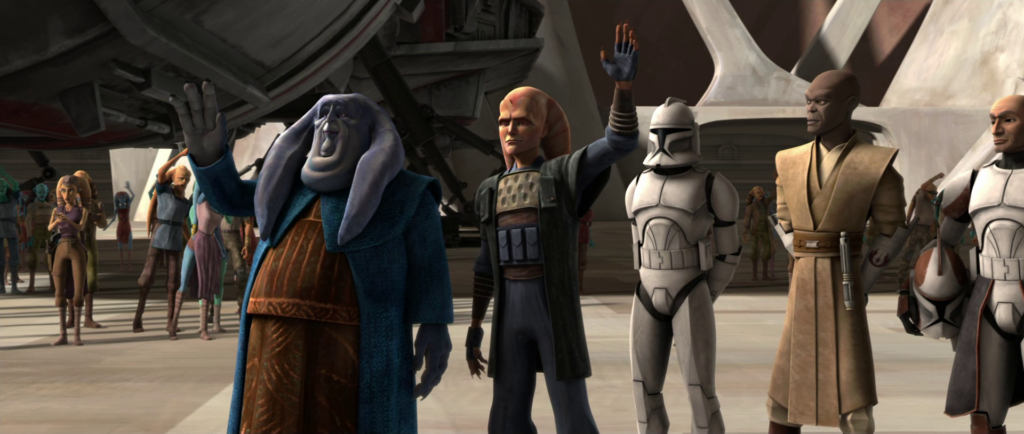
It was however the midpoint of season three that the show started to find its footing. The multi-episode arcs became increasingly serialized to the point where if you edit them together they can stand on their own as 80-minute films – indeed even a few have been re-released that way.
By the time of the fifth season, 4-part arcs were becoming a staple – but not necessarily for the better.
When it comes to this kind of storytelling, it must have an appropriate length to tell its story. For a large-scale arc like Darth Maul’s Revenge and the Umbara Campaign, it makes sense for several episodes. However, if it’s small like the R2-D2’s droid squad arc it just doesn’t cause it is just drops beeping each other in hijinks it’s not worth the runtime. More problematic it takes time away from other potential Story and character arcs that are more important.
Animation

The design of the characters according to George was based on the marionette-based designs from the British TV series Thunderbirds – giving them a very angular appearance that thrust much of its prospective audience into the Uncanny Valley when the original trailers debuted.
Keep in mind this came out the same year as Kung-fu Panda and Wall-E.
While the design looked alright with the aliens the regular human characters look a bit too much like CG puppets with small mouths. While it’s not on the uncanny side the faces don’t always translate well to human faces.
Thankfully the animation got progressively better as the seasons went on. By season 4 the animation was near cinematic levels of quality. While the overall design of the characters remained the same. The backgrounds and the ships look almost on par with a theatrical film. A lot of that is based on the lighting and the shots. Most of the shots are medium that allows you to be immersed in the environment these characters live. The lighting is also made to have a more gradual haze that replicates the lighting in the films.
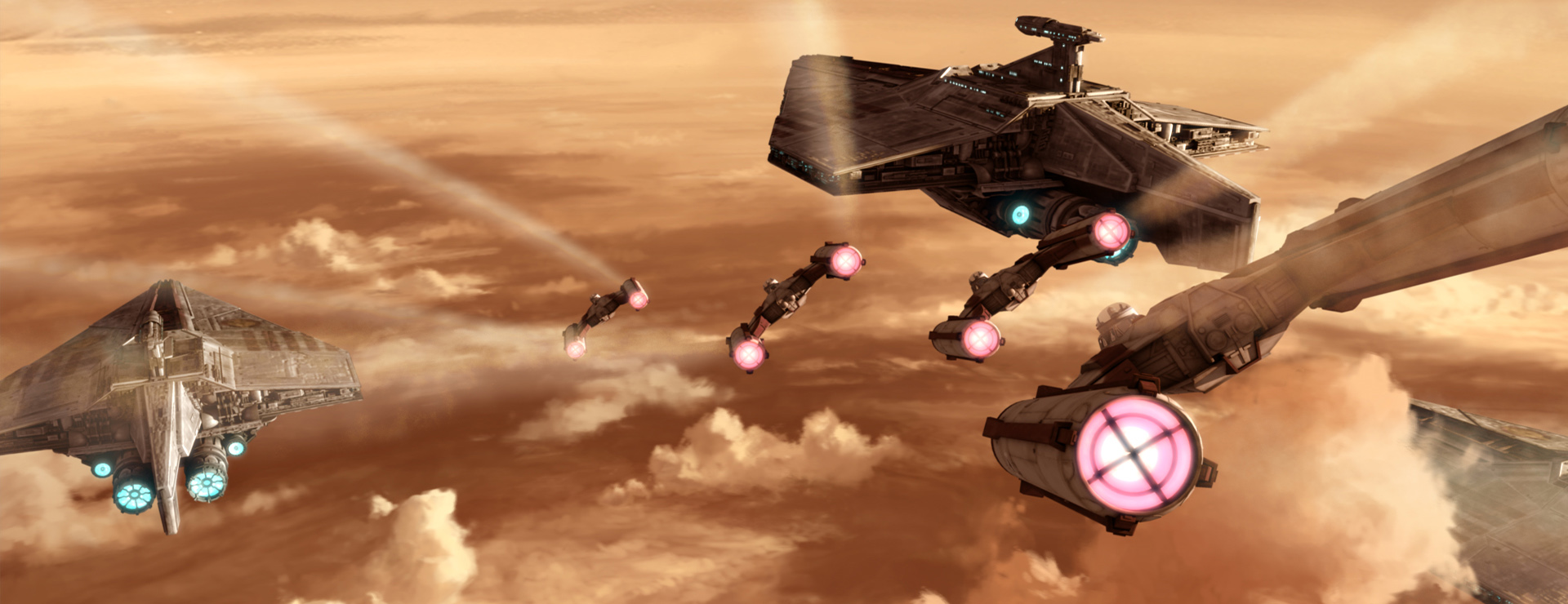
Also, like the prequels, the series takes the audience to a variety of unique worlds. Planets Like Umbara all share a characteristically unique look in a way that we aren’t always seeing the same environment twice. Even when approaching the lava planet it distinctly looks different from Mustafar.
A Curious Chronology

Because TCW is an anthology series, there is no one major story that held the entire show. Sometimes they don’t even happen in chronological order. Indeed there are a few episodes early on that take place before the pilot. Sometimes it is easy to tell as some characters get noticeably killed off in one episode only to turn up a season later.
This no doubt puts a lot of confusion to a lot of audiences so much so that there is an official timeline posted to address the order. Even then it gets confusing when some characters still had their old character modules and voice actors. The most underlooked example can be looked at the Scipio arc that was originally supposed to air for season 5 but was pushed to make way for a backdoor pilot for a spinoff that never materialized.
Taking Heavy Casualties
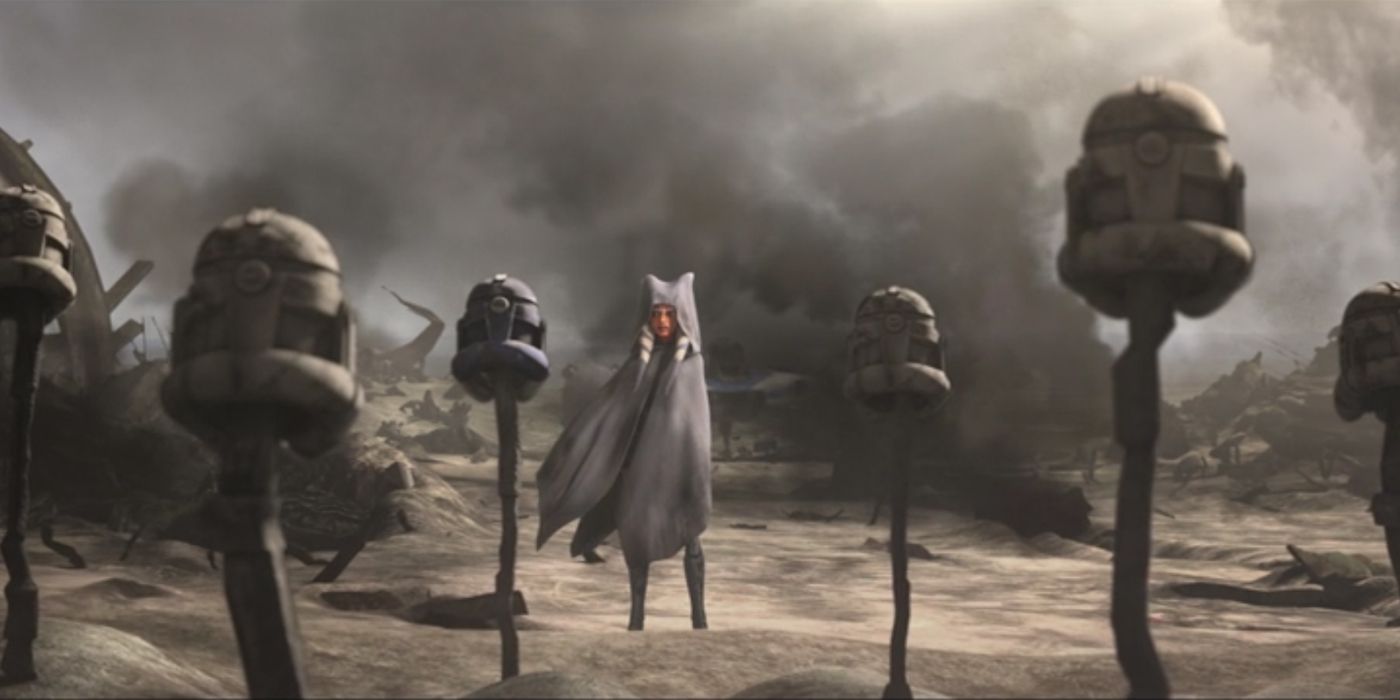
This may be the only series that has rivaled Game of Thrones with the number of fatalities. It’s not just random clones or background fodder, many requiring characters get killed off, sometimes brutally.
Plenty of innocent people also die onscreen, there’s one scene where Obi-wan and Rex were captured by a Zygerian slaver and forced to work in a factory, and in warden flat out …… innocent slaves fall to their deaths to prove a point. No way would this be depicted in Disney’s Star Wars today.
This is an element that separates this show from the more recent SW productions, it doesn’t hold back on the brutality of war. More importantly, When characters die they stay dead, even when they briefly appear in a later season it’s clear it’s a period from before. For all intents and purposes, these are characters that stay dead. (cough Palpatine)
Expanded Universe Contradictions and Controversy
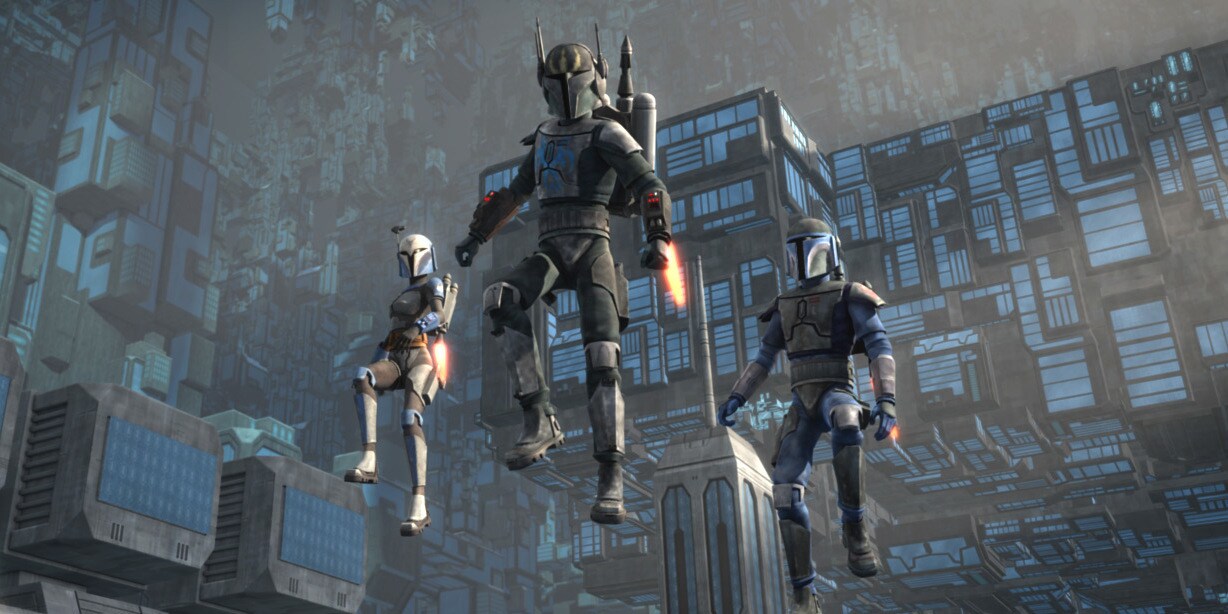
One of the more controversial aspects of TCW is how they rewrite and retcon certain characters and stories that were featured prominently in the Expanded universe. According to Dave Filloni, whenever they lay out the story and look at the expanded lore for guidance and whenever there was a contradiction the team would always side with George given the fact he created Star Wars.
Some changes include character deaths like Adi Gallia were killed off differently than in the comics.
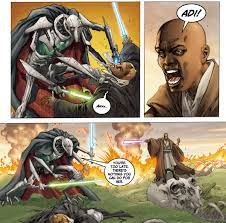

Asajj Ventress’ backstory was also somewhat changed. To its credit her backstory is roughly the same, the main difference is that she’s revealed to be a Nightsister instead of a Rattatak.

It is important to stress that the EU was never considered canon by George Lucas – even before Disney’s buy-out. To Lucas, it was a collection of stories licensed to other writers who want to further Star Wars. However the EU Fans of the series were understandably horrified by the contradiction, it was almost like blasphemy.
Lucus never held the EU to heart and unashamedly ripped off material to implement for his own clone wars stories. Ripping of existing EU material is not a Disney invention. Even now Dave Filloni has followed Lucus’s playbook and retconned Kannan’s comic book origin story in The Bad Batch.
An Unceremonious End – But A New Hope?

The finale of season 5 only somewhat answered one question that has dominated the fandom the fate of Ahsoka Tano. After all, she wasn’t mentioned at all in the films despite the fact she was Anakin’s apprentice. Many theorized that she was off on another mission, while most prominently believe she would be killed off. George Lucus and Dave Filloni often butted back and forth about what to do with Ahsoka’s resolution. George wanted to kill her off – believing that this could further Anakin’s fall – while Filoni wanted her to live.
In the end, after being falsely accused by the Jedi of bombing their temple, Ahsoka decides to leave the order. The episode ends with a tearful goodbye with Ahsoka leaving the Jedi Temple to an unknown future.
For a finale for the series, this would have been a bold move to end, however, the circumstances of the scene around the ending are what angered fans. It left serious questions as to what she did after going down those steps. There’s also as well as Anakin’s process of how a character that was in many ways a sister to him. Still, Ahsoka’s reasoning for her departure does he;p widen the growing rift between Anakin and the Jedi council who expelled her.
There was certainly room to continue Ahsoka’s journey. However, for a long time, we would not know what happened after going down those steps because as season 5 was airing, Star Wars was being sold to Disney.
A New Sheriff in Town
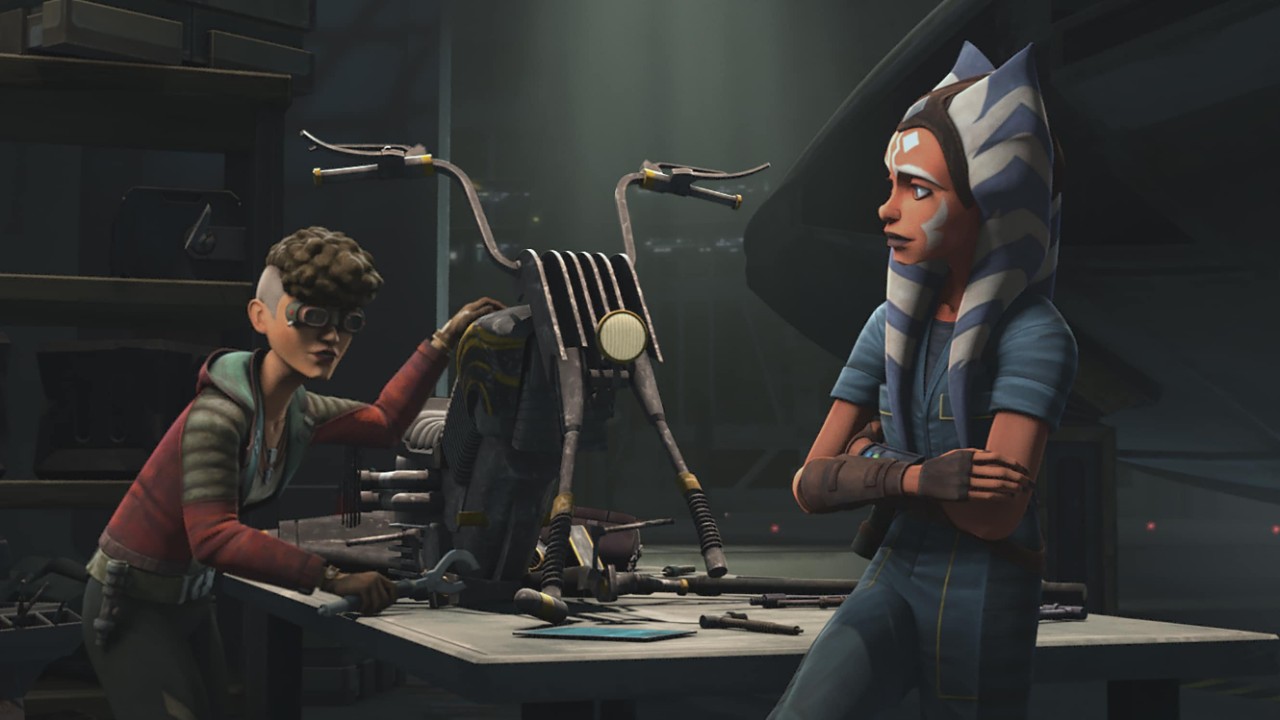
After Disney’s acquisition, there was a new sense of optimism As there will be new Star Wars movie’s on the horizon, for others, there was a sense of dread as other high profile projects that were in development Such as the video game 1313 and the animated comedy developed by Seth Green – Star Wars: Detours. However, the biggest casualty amongst the cuts was The Clone Wars.

At the time of the Disney merger, Clone Wars was just starting its 5th season on Cartoon Network. The network was a subdivision of Warner Bros making it a major competitor of Disney. Despite proposals to move CW to Disney XD, it was announced that the show was “winding down” after its fifth season wrapped up.
While Disney Deserves a large part of the blame for the Clone war’s cancelation as they were the ones who pulled the plug, Lucas wasn’t entirely blameless about the show’s abrupt ending. Lucus’s original contract with Cartoon network was set for 100 episodes no matter the ratings. Instead of using these episodes for a complete story, Lucas decided to approve more and more stories until he just decided to retire and sell the rights without an ending being formally written.
Despite the upset, it was not the end of the show. Because Lucus film animation works far ahead, they have half of season 6 already animated by the time the cancellation announcement was made. In 2014 a year after clone wars were pulled, 13 new episodes were released on Netflix as bonus content.
The most important aspect of these episodes is that despite not giving much closure to other characters such as Ahsoka or Maul, they have revealed some key elements. The most important part is that Order 66 was caused by special inhibiter chips inside the clones’ brains that’s been coded to Darth Sidious’s commands. This explained why the clones would turn on their Jedi generals without hesitation. While the concept of the inhibitor chip itself is controversial it did seem like the only way to explain away the clone’s shift after fighting alongside the Jedi for 3 years.
Conclusion
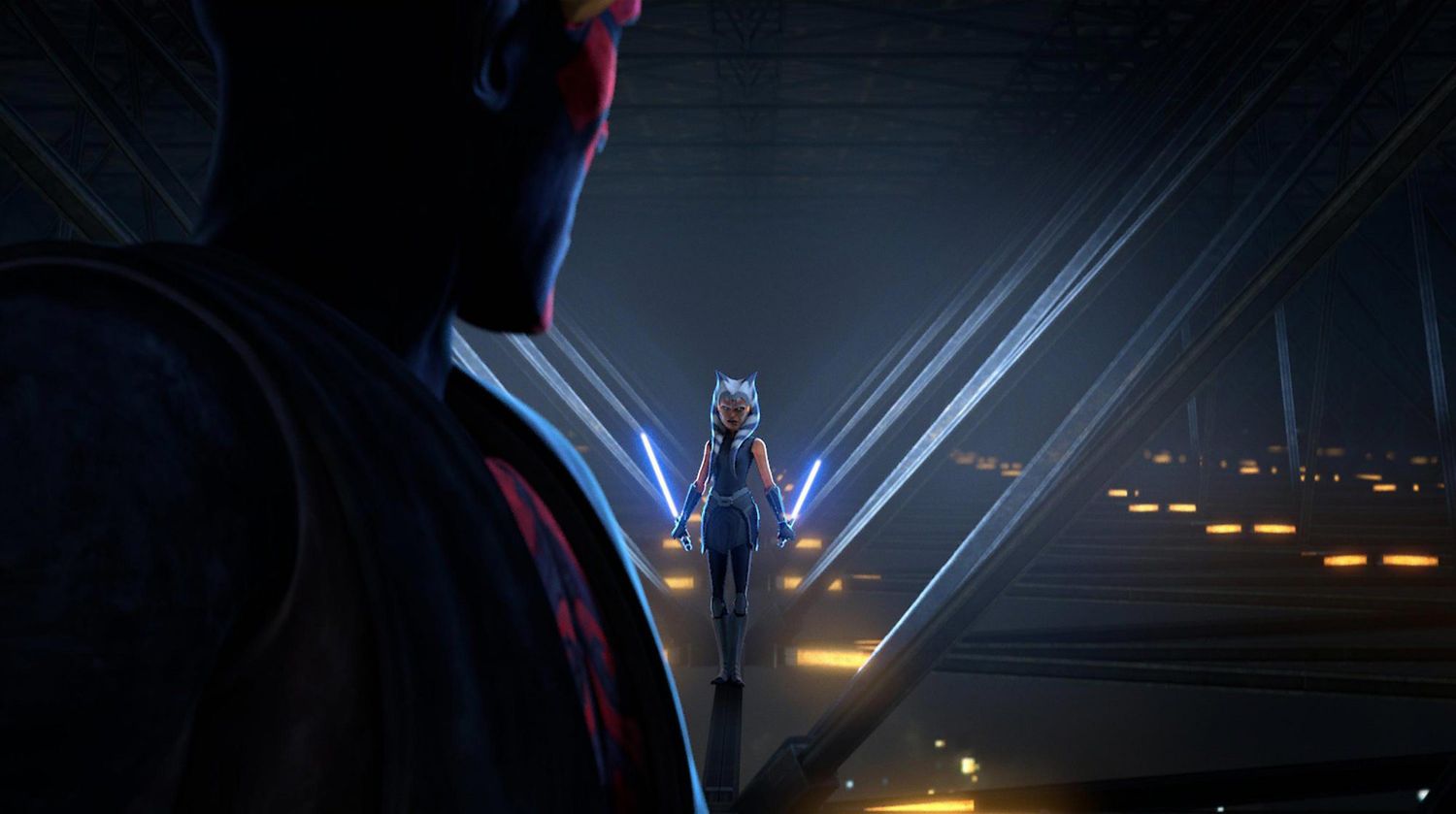
Of course in 2020, Disney Plus would give The Clone Wars one more season to give a proper sendoff, which that’s a subject for another article.
Despite the rather rough ending to the series, TCW in many ways laid the groundwork for future star wars projects as many of the stories and plot set up in TCW would carry on into other works. In a way, the Mandolorian can be seen as the live-action continuation of the series as several key plot elements like the dark saber, Ahsoka, and indeed Mandalore itself would be featured prominently in the most recent of Star Wars because Disney is now recognizing the value of the prequels that the studio tried so desperately to bury upon the release of there sequel trilogy.

The most important impact of TCW is star wars can be equally successful in animation while it is generally accepted as a kid’s format TCW toed that fine line between family appeal, Aggressive storytelling, and adding so much to the prequels and indeed star wars itself. Adding the Lore is what projects like this succeed where the sequel trilogy failed.

